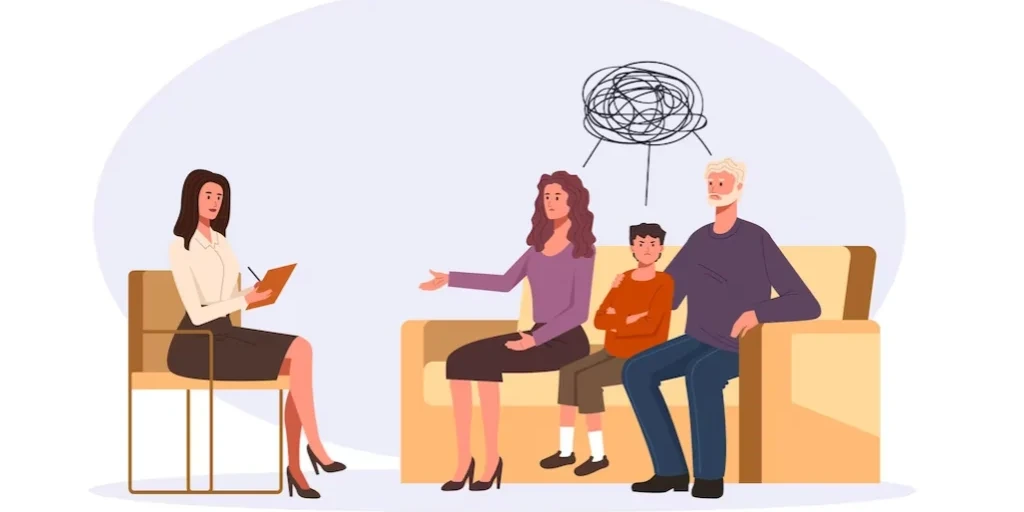24/7 Helpline:
(866) 899-221924/7 Helpline:
(866) 899-2219
Learn more about Inpatient Rehab centers in Greenbelt
Inpatient Rehab in Other Cities

Other Insurance Options

Evernorth

BlueCross

MHNNet Behavioral Health

Oxford

Covered California
Beacon

ComPsych

Magellan

Medical Mutual of Ohio

Aetna

State Farm

CareSource

American Behavioral

United Health Care

CareFirst

GEHA

Multiplan

Optima

Lucent

Health Net
















